
- Home
- India
- World
- Premium
- THE FEDERAL SPECIAL
- Analysis
- States
- Perspective
- Videos
- Sports
- Education
- Entertainment
- Elections
- Features
- Health
- Business
- Series
- In memoriam: Sheikh Mujibur Rahman
- Bishnoi's Men
- NEET TANGLE
- Economy Series
- Earth Day
- Kashmir’s Frozen Turbulence
- India@75
- The legend of Ramjanmabhoomi
- Liberalisation@30
- How to tame a dragon
- Celebrating biodiversity
- Farm Matters
- 50 days of solitude
- Bringing Migrants Home
- Budget 2020
- Jharkhand Votes
- The Federal Investigates
- The Federal Impact
- Vanishing Sand
- Gandhi @ 150
- Andhra Today
- Field report
- Operation Gulmarg
- Pandemic @1 Mn in India
- The Federal Year-End
- The Zero Year
- Science
- Brand studio
- Newsletter
- Elections 2024
- Events
- Home
- IndiaIndia
- World
- Analysis
- StatesStates
- PerspectivePerspective
- VideosVideos
- Sports
- Education
- Entertainment
- ElectionsElections
- Features
- Health
- BusinessBusiness
- Premium
- Loading...
Premium - Events
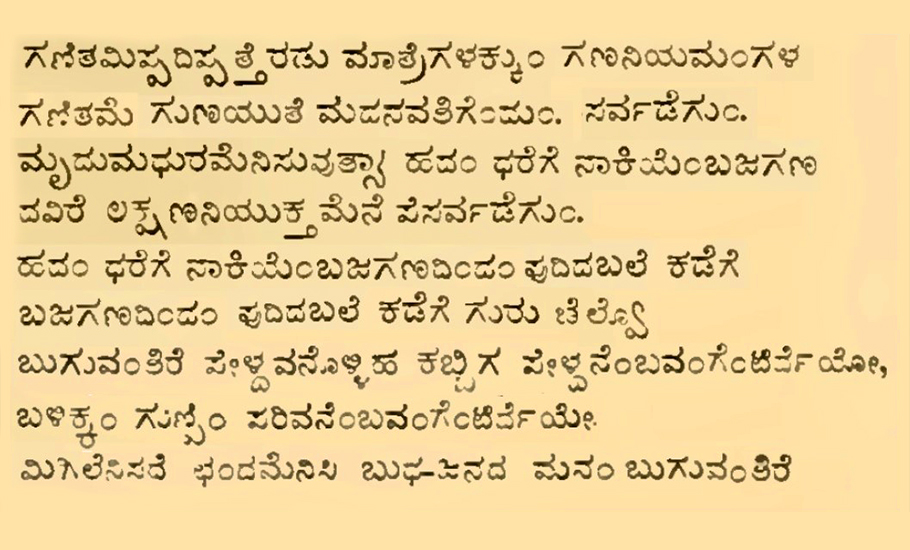
How German missionary Rev Ferdinand Kittel came back to life in a new font in Karnataka

In 1853, a young man aged just 21 arrived in India from Germany with a mission to tell the locals of Karnataka about Jesus Christ and spread Christian faith. A full 170 years later, the man can still be found in Karnataka’s many districts. Reverend Ferdinand Kittel, who was immortalised in statues across the state, now finds himself commemorated in Kannada font, Karnata f Kittel, named...
In 1853, a young man aged just 21 arrived in India from Germany with a mission to tell the locals of Karnataka about Jesus Christ and spread Christian faith. A full 170 years later, the man can still be found in Karnataka’s many districts. Reverend Ferdinand Kittel, who was immortalised in statues across the state, now finds himself commemorated in Kannada font, Karnata f Kittel, named after him and made available on open source.
Though Kittel arrived in Karnataka to share with the locals the teachings of Christ, he found himself dedicating the rest of his life to studying Kannada language. Even as he learnt the language, his contributed immensely to it by penning books and poems, apart from producing a Kannada-English dictionary of about 70,000 words in 1894. It is these contributions that over a-century-and-half later led documentary filmmaker Prashanth Pandith to invent Kittel font. Supporting Pandith in the endeavour is Sanchi Foundation, a not-for-profit organisation working for the documentation of audio-visual heritage.
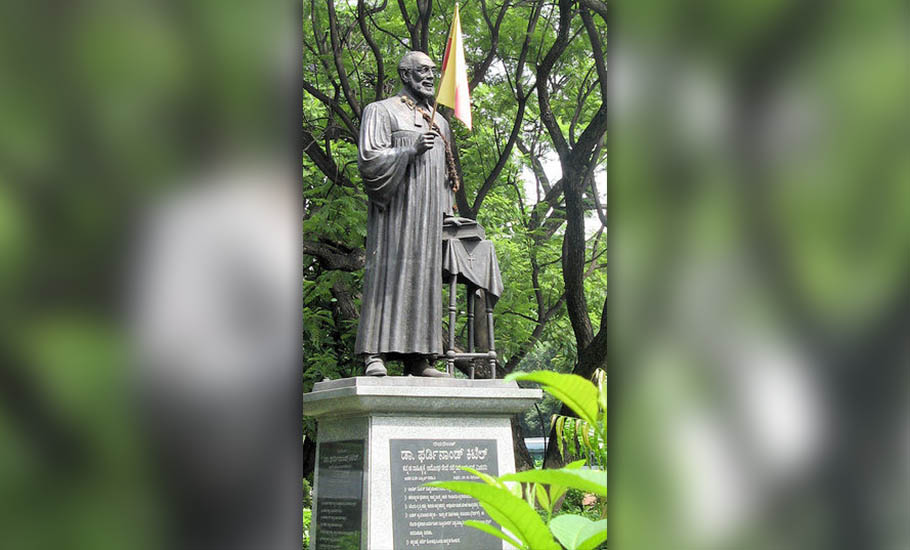
But Pandith, to begin with, wasn’t really interested in the font project. He had, in fact, set out to make a documentary on Rev Kittel in 2020, after he finished editing the film Neeli Hakki (2021). It was during the research of the film that Pandith got fascinated with typefaces of the books he published in the 19th Century. Unable to gather the money needed to make the film, but deeply interested in honouring and documenting Rev Kittel’s contributions, Pandith set out on a journey to digitally recreate one of those fonts for Kannada.
“While researching for the documentary on Kittel, I visited the Balmatta Institute of Printing Technology, where the Basel Mission Press, the first printing press of the region, where Rev Kittel did his pioneering work, once stood. I came across many century old printing machines, foundry and typefaces. This was a very fascinating experience and I thought it would be great if these aesthetically pleasing fonts could be made available digitally,” Pandith told The Federal.
He set out on the project collecting books published by Basel Mission Press, which included several theological works, Kannada textbooks and dictionaries among other works from the 1860s to 1925. With a background in Indic computing, Pandith, got two of his friends, Sachin Shetty and Satish, on board for the work, took to digitally recreating one of the fonts.
When the group started the work of building the font, they had to find all the letters of the Kannada alphabet with all its kagunita in these books, scan them and then recreate them digitally. Since all letters were not available in one book, Pandith and his friends had to scan many books to create a corpus of all possible letters to recreate the font.
“Since there were no documents on the design of the script, we took the help of Priya, who holds a PhD degree in typography from the UK, to make sure our choices were correct. After getting permission from the German Consulate, we decided to release it for free use,” Prashanth told The Federal.
The Kittel font has both historical and nostalgic value for the people of Karnataka. While the font is old, it is considered new as it has now been added to the digital font family. Technologically, this font is different from any other font of Indian languages, apart from Hindi and English, as there is an opportunity to ‘search’ for Kittel words in the PDF files using this font. In English and Hindi, the ‘search’ option is available and helps to read any e-book.
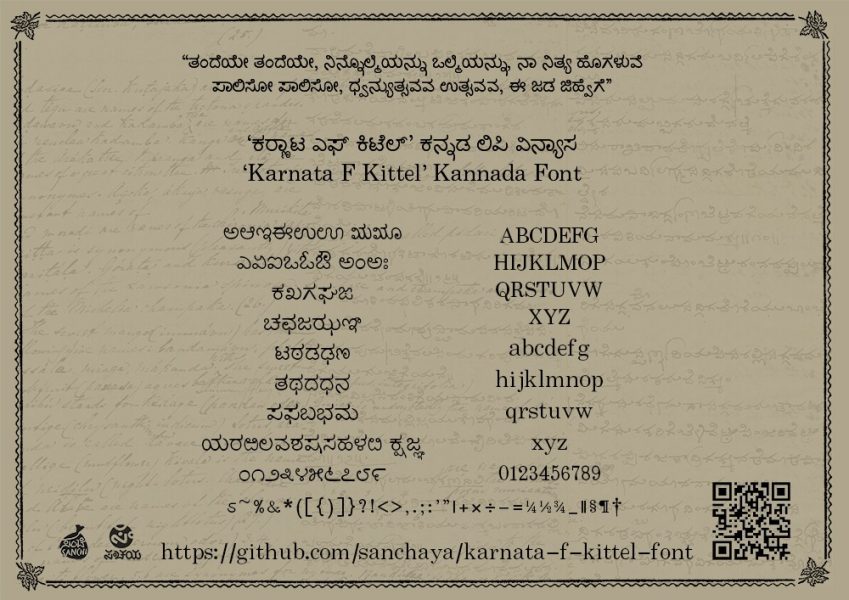
“Readers can search for words in PDF files with Kittel font since the font has been designed and recreated keeping in mind OCR [optical character recognition] technology. OCR helps to recognise characters from scanned books and perform tasks such as searching and indexing. Thus this font will help the book industry and research industry too. At the same time, the source codes of the Kittel font have been kept open. So, anyone can develop them further by using open source,” Pandith said.
Apart from honouring Rev Kittel and serving a nostalgia value, the font will enable the digitalisation of the valuable treasure house of old and important books in a more meaningful and useful way. Since the project is in preliminary stages, it will undergo further tests and improvements to improve legibility on different computer screens and printers.
Pandith says the font can fulfil all types of desktop publishing and design needs. “But those using the font currently could be facing some niggles is situations where compound characters are concerned. So, users should be aware of this and bring it to our attention if there are problems. We will fix and release updated characters in upcoming versions,” he said.
Also, users of software such as Microsoft Windows, Word, Adobe Photoshop, InDesign, Nudi Keyboard etc can use this font without any problems if they are using the latest versions. If the already available Kannada Unicode fonts appear fine in the software one is using, the Kittel font will also appear fine.
There are around 15 unicode Kannada fonts as Kannadiga techies are in a constant pursuit to find new fonts. They include Akshar Regular Unicode Font, Baloo Tamma Regular Unicode Font, Baloo Tamma Bold Unicode Font, Raavi Bold Unicode Font, Tunga Regular Unicode Font, Tunga Bold Unicode Font, ANSI Kannada Fonts, Baraha Kannada ANSI Font, Kailasam Kannada ANSI Font, Nudi Kannada ANSI Font, Uma Kannada ANSI Font, Google Kannada Fonts among others.
The genesis of the font
The Kittel font, was not developed by Kittel himself, but emerged as part of the Kannada Acchumole (foundry font) script designs used between 1830 and 1900 at the Basel Mission Press, Mangalore. Before that, the same Basel Mission was using Lithograph fonts, which were used in many books, including the first Indian newspaper, Mangaluru Samachara, in (1843). Later, the foundry fonts were used in other printing works by Basel Mission. Both the fonts and the tools to make them were developed in Germany and brought to Karnataka.
The style of Kittel font, which is very similar to the Acchumole (foundry fonts), some unconfirmed sources say, was probably produced under the supervision of a press supervisor named Georg Plebst. In the name ‘Karnata f Kittel’, ‘Karnata’ refers to the font family and ‘F Kittel’ to the style name. More old script designs from the same ‘Karnata’ font family will be recreated and released for digital platforms in the coming times by Sanchi Foundation.
“As part of the Kannada digitisation project, a community and open source project has been started under the auspices of Sanchaya-Sanchi Foundation to collect Kannada printed books from 1817 to 1925 and explore the writing styles there. A unique font is also available for download on [https://kittel.sanchaya.net]. Kittel’s books, periodicals, research works, and digitized Kittel works can be found here,” said Om Shivaprakash, who is part of the Sanchi Foundation.
Who is Rev Kittel?
Many of the Europeans who came for missionary work during colonial rule found themselves enamoured by the diversity of Indian culture and languages. Reverend Ferdinand Kittel, a Lutheran priest and Indologist with the Basel Mission, was one of those who got fascinated with Indian languages. Mention Kittel and Kannadigas would immediately think of dictionary because the 70,000-words Kannada-English dictionary is among Rev Kittel’s most important contributions.
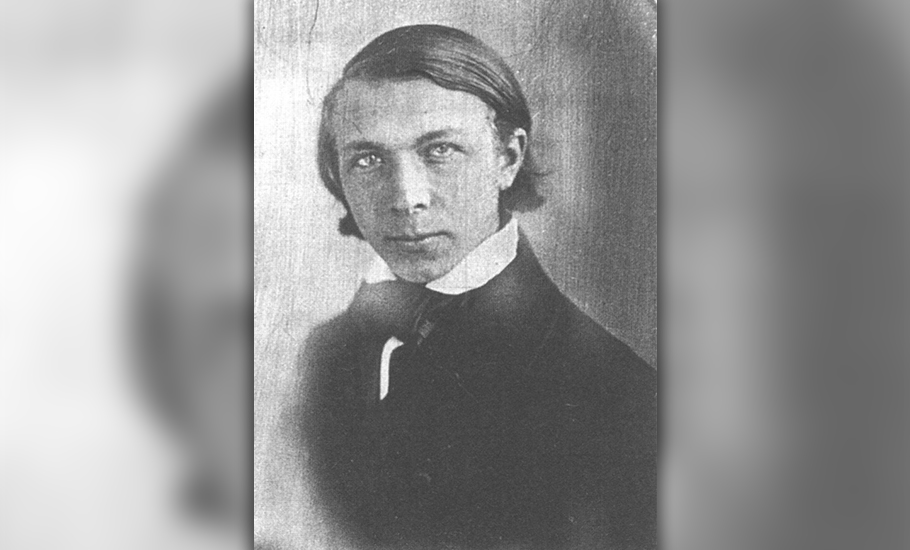
Upon landing in Karnaraka, Rev Kittel worked in Mangalore, Madikeri and Dharwad regions. Well-versed in Hebrew, Greek, Latin, French and English, as he developed a love for Kannada, he also composed numerous poems in the language. Not only did he learn the local language but also came to admire the customs and music. But as Rev Kittel undertook a study of the Kannada customs, language and music, he fell out of favour with Basel Mission. The Mission transferred him to a remote station in the Nilgiris before confining him to its press Mangalore. Soon, Rev Kittel returned to Germany, but visited India again in his fifties to complete the work on the dictionary.
While it is the dictionary that received more publicity than Kittel’s other works, he also wrote rhyming verses and was involved in book editing, putting together books on grammar.
In 1862, Kittel published a Kannada poem Kathamale, which presented the life of Jesus Christ in the style of Indian musical metre. Kittel then penned a book on Kannada grammar called A Grammar of the Kannada Language: Three Dialects of the Language. He also translated Nagavarma’s work into Kannada prose.
By the time the voluminous book, A Grammar of the Kannada Language, was published and reached Germany from Mangalore, Kittel was completely blind. It is said that a night before he died, Kittel picked a copy of the book and cried out of joy after running his hands over it for having completed the work.
Honouring a Kannada lover
Given Rev Kittel’s dedication and love towards Kannada, the move to name a font after him has made people happy.
“I am happy to see that the script of Indian languages in calligraphic style and Kittel has made the font look similar. The work should be scaled up,” Chiranjeevi Singh, former chief secretary of Karnataka, told The Federal.
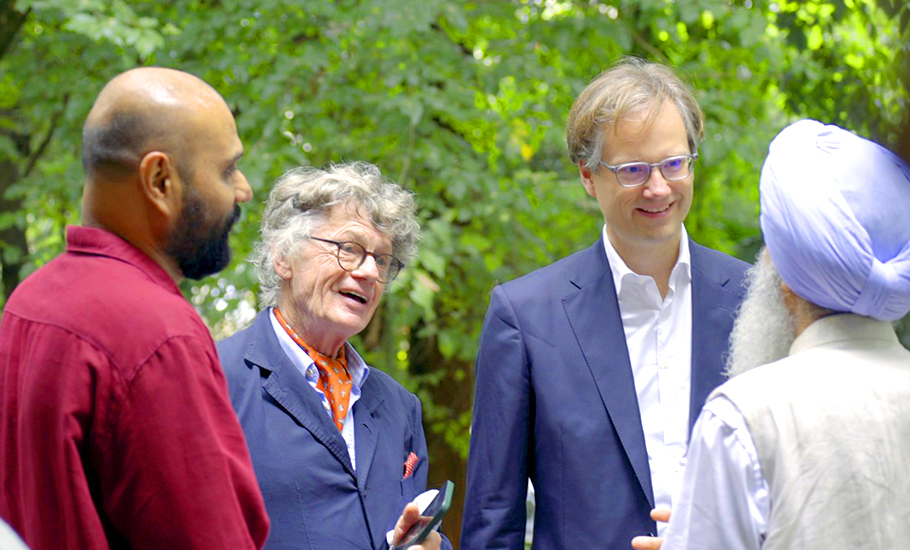
Kittel’s great-grandson, Yves Patrick Meyer, who was in India for the release of the font, said, “When travelling around the country, we see swords in the hands of the statues representing kings and queens. But I saw a book in the hands of all the idols of my great-grandfather Kittel. He tried to win everyone over with knowledge – perhaps the only weapon he used was the pen, or perhaps the feather of a bird, in his times.”
“Coming to India and seeing the respect he enjoys in Karnataka is special. Even my mother never saw him. We grew up hearing stories of the wonderful regions of India and Karnataka with my grandfather as a character in those stories,” Meyer recalled.
